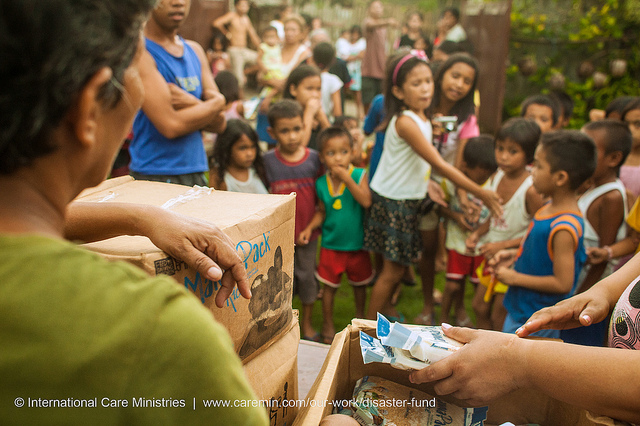Courtesy of GovInsider
In 2013, Typhoon Haiyan devastated the Philippines, killing over 6,000 people.
It is one of many extreme weather events that have occurred over the past decade, and scientists predict that these instances will become more common as our climate changes.
Government spends billions on reconstruction, ensuring rapid response to the devastation, and longer term rebuilding of local infrastructure.
But what role can industry play? The Philippines Disaster Resilience Foundation (PDRF), was founded with the belief that business should play a crucial role in disaster recovery work.
Companies coordinate
“The main lesson we learned from Haiyan was that we needed more coordination,” says Rene ‘Butch’ Meily, President of PDRF. “I think the national government felt they sort of lost control of the situation.”
The private sector showed how it could play its part, Meily continues. PDRF is a coalition of companies, some of whom are in competition with one another, that step in to provide support when disasters hit.
Companies “are able to help across political lines: they didn’t care if a town was opposition controlled, and helped rebuild schools, houses, clinics”. NGOs send money to the PDRF to fund these rebuilding projects, rather than work through more bureaucratic structures, he says.
Equally, companies would rather donate their goods than be asked to donate funding, so PDRF leverages this “donor fatigue” to coordinate company responses. For example, water companies can easily donate water to victims.
Using disaster technology

One way tech companies helped was on the Emergency Feeding Programme. Tens of thousands of young children were going without food in the 607 affected schools, and the Government Weather Bureau was relying on faxes to the Office of Civil Defence. One of PDRF’s member companies donated connectivity software and tech that helped them communicate faster.
A new initiative is the Emergency Operation Centre, which creates an ops room combining location software, data sources and weather information. This uses the products of PDRF companies, and also lets them coordinate with other donors. For example, they can direct the electricity suppliers to fix their lines or provide emergency power to people most in need.
PDRF is being used as a case study by the UN for responsible business, and has plans to do more across ASEAN.
It’s a novel approach, and certainly differs from more traditional donor programmes. But when disaster strikes, countries need all the help they can get.
Images by DFID and FMSC Distribution Partner Philippines – CC BY 2.0